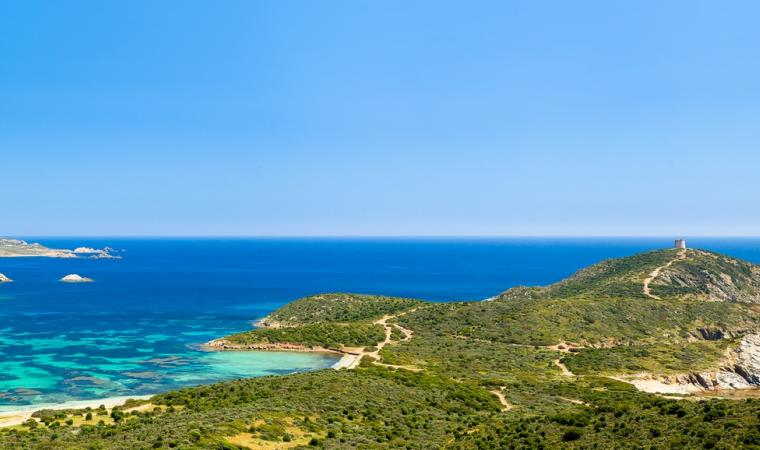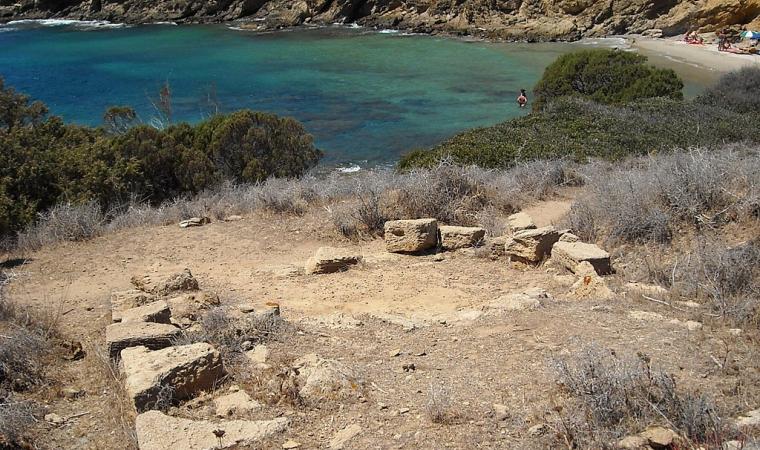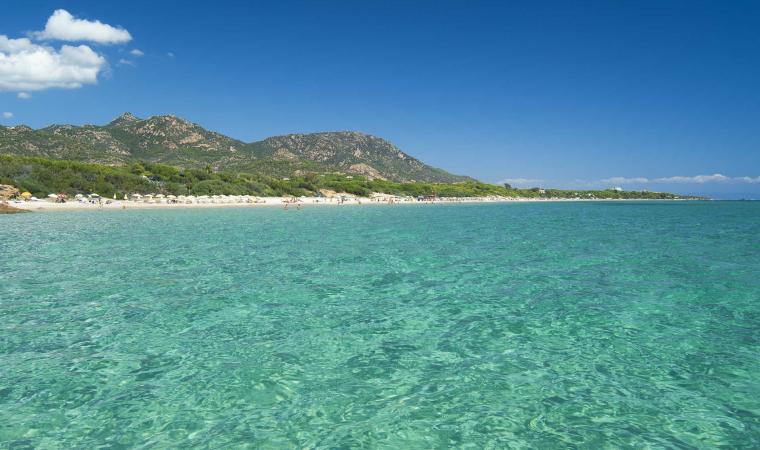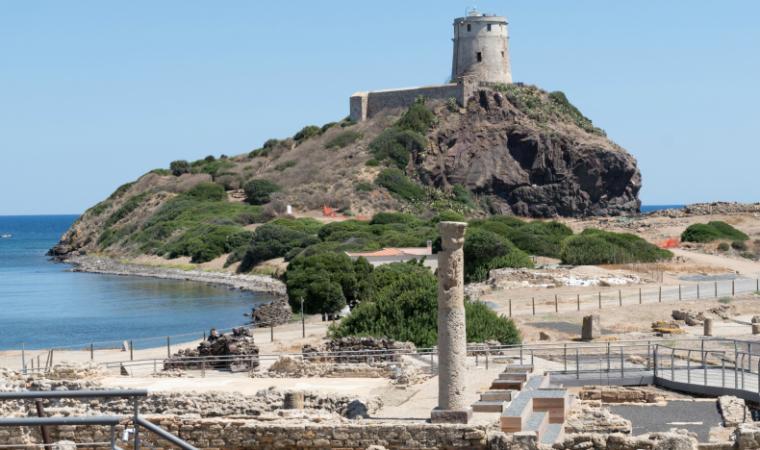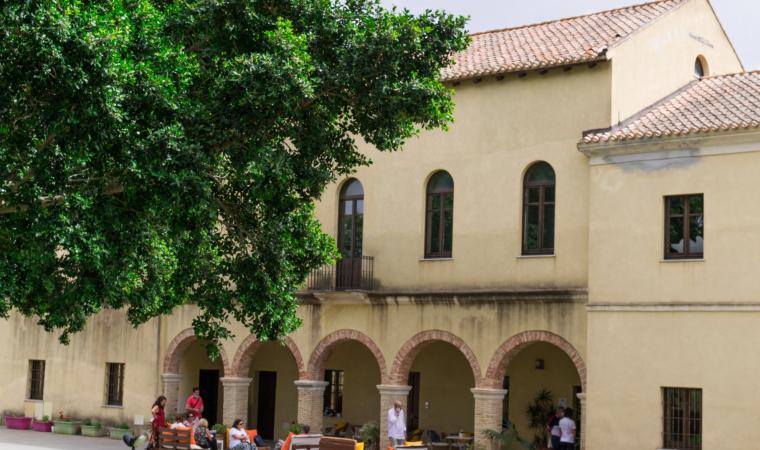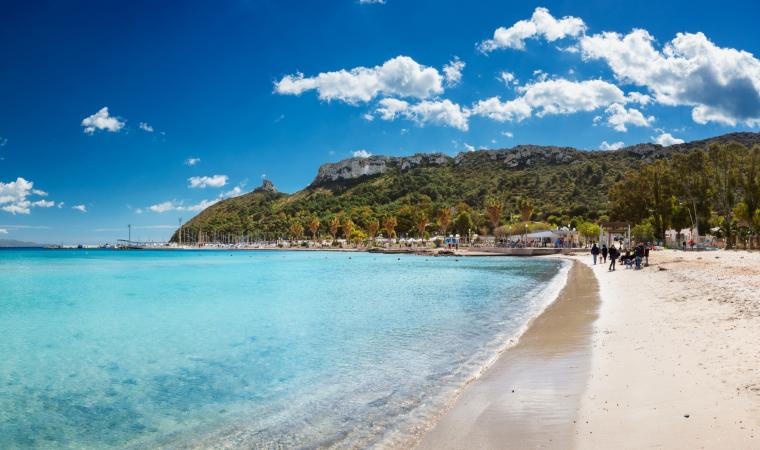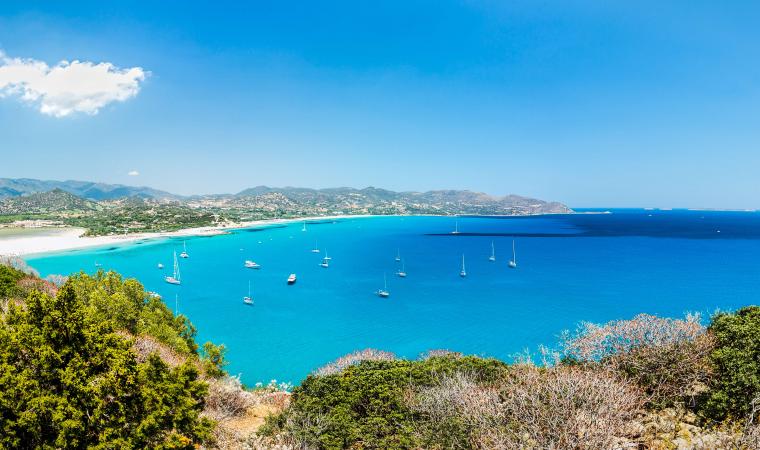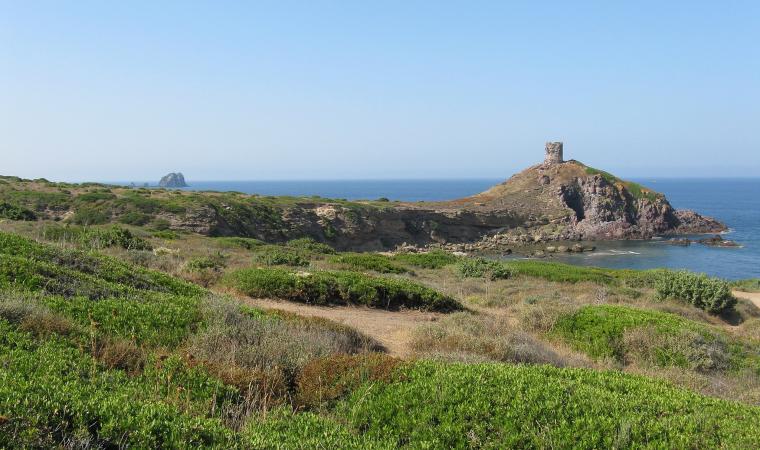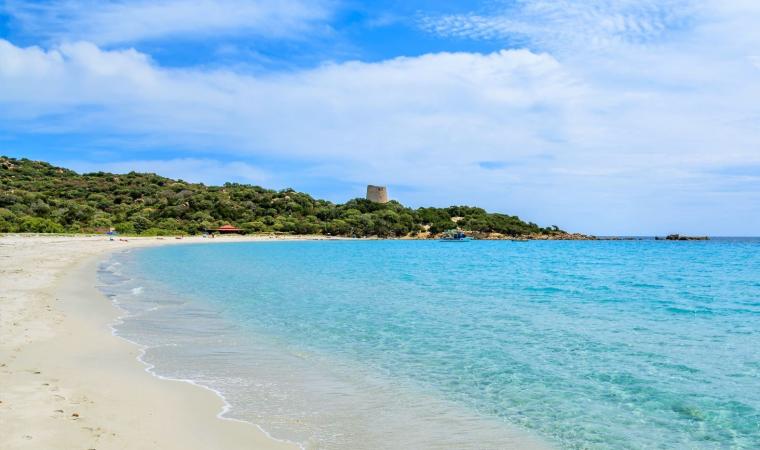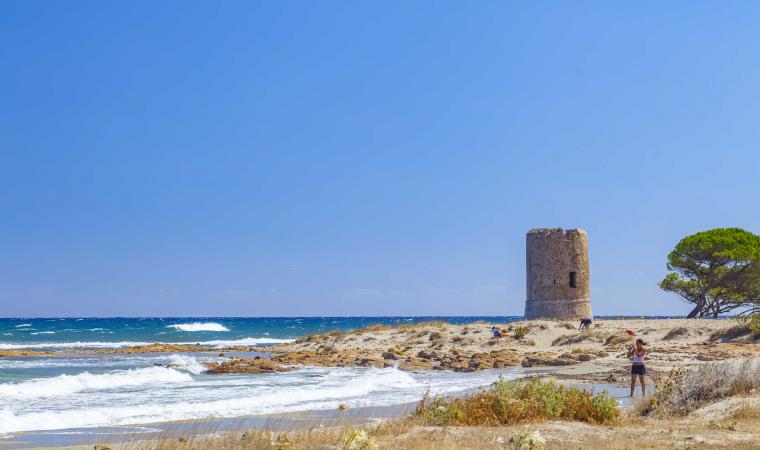The route starts at the foot of the Torre del Budello, on the beach of the same name, and passes through Piscinnì, coastal enclave of Domus de Maria, also watched over by a seventeenth-century Spanish fortress, and reaches Capo Malfatano, where a third tower stands out, in visual contact with the first two. Along the path, you will see numerous rocky outcrops that adorn the landscape, dominated by the turquoise and emerald green reflections of the sea, leading you to imagine the Phoenician and Punic ships that passed through these coves more than two thousand years ago.


